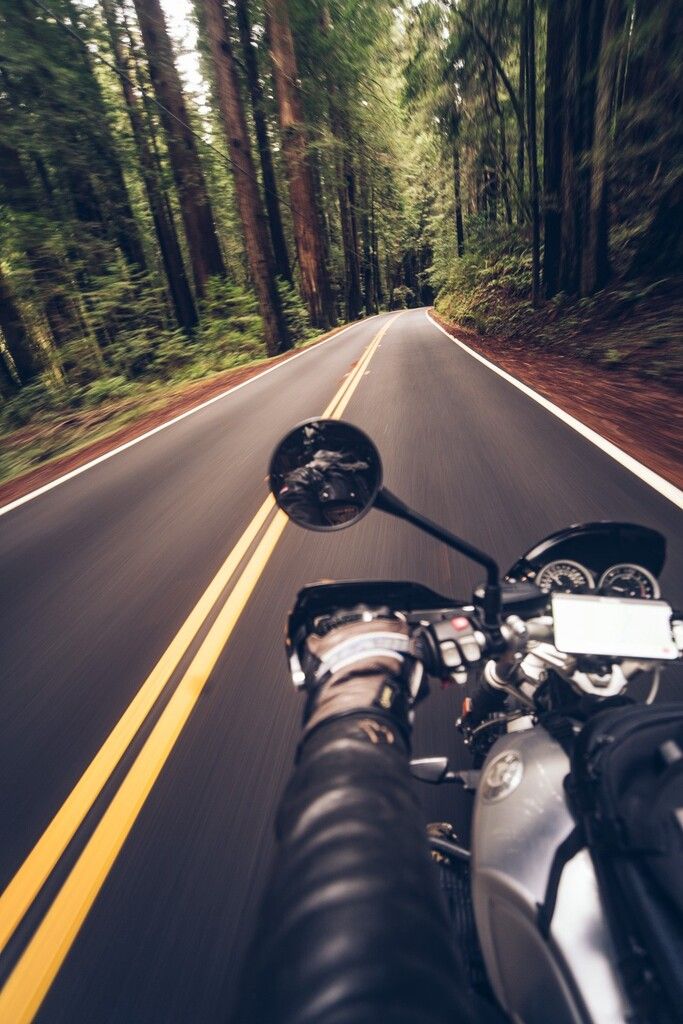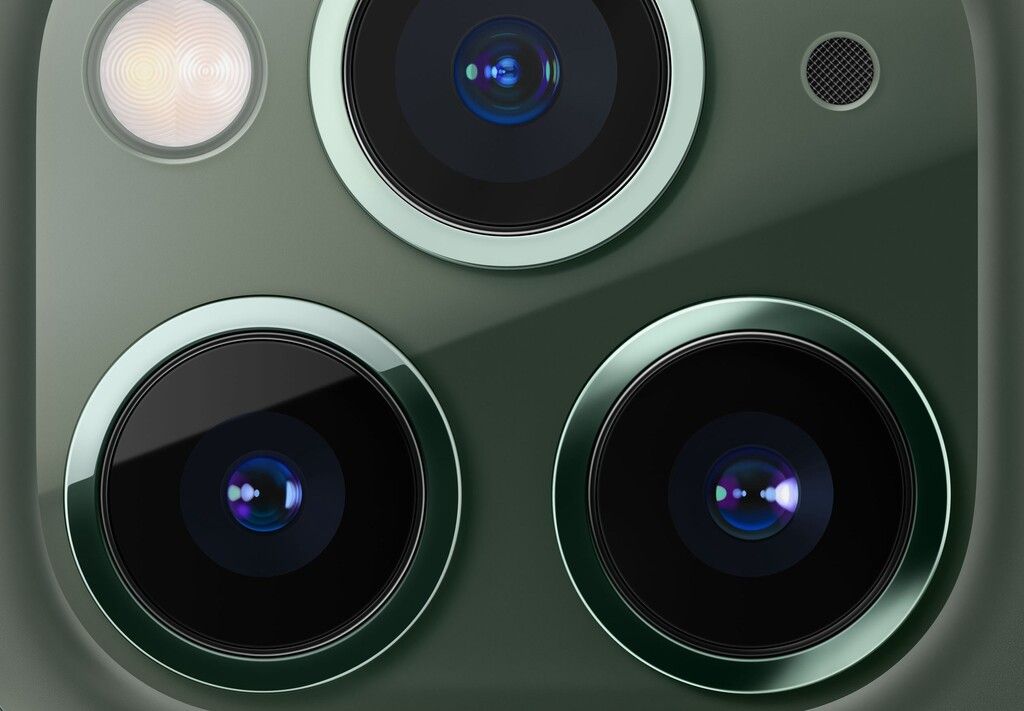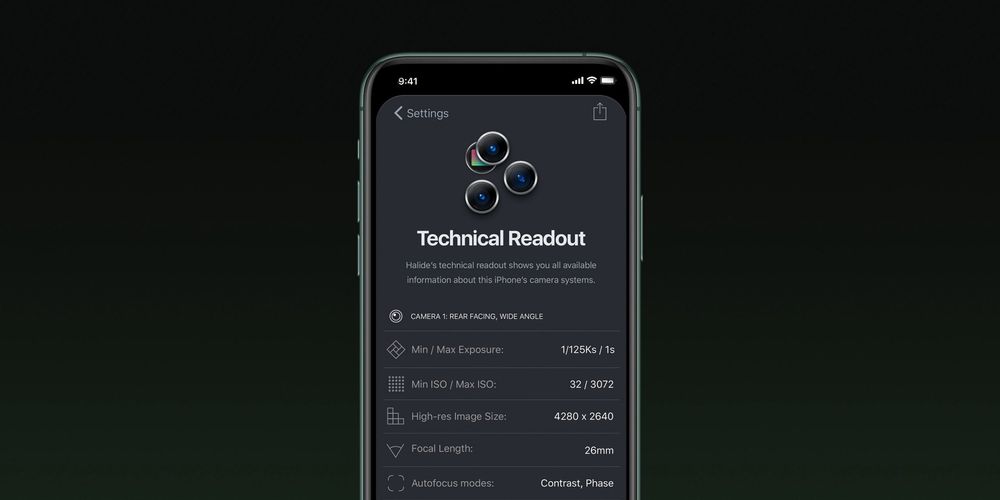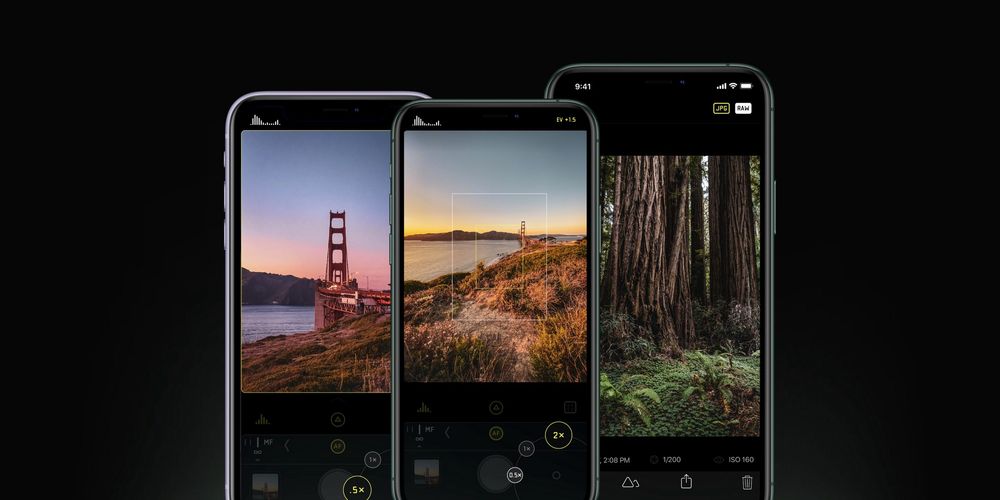Last year, before the iPhone XS hit the store shelves, we took a look at the changes in camera hardware on the iPhone XS compared to the iPhone X. We can do this thanks to Halide’s Technical Readout feature.
Much like last year, some kind individuals have shared a few technical readouts with us from iPhone 11 Pro (and iPhone 11) units in the wild.
A few words before we dig in:
Why just the iPhone 11 Pro?
The iPhone 11 and iPhone 11 Pro use the same kind of camera system apart from a key difference: the Pro gains a telephoto camera. All camera, sensor and performance specifications appear identical across the board, so there’s no need for us to compare the iPhone 11 to the iPhone XS. Performance-wise, though, the iPhone 11 looks to be a much better camera than the iPhone XS.
These are just the hardware specs
Every year, cameras including those in your iPhone become far more powerful thanks to both hardware changes and accompanying software processing.
Incremental hardware improvements enable cool new features, but the real magic is increasingly in the software. We’ll follow up with a look at the work that is being done to turn simple raw sensor data into such good images. This year, iPhones can do multi-second long exposures by fusing possibly dozens of frames at night. It will analyze separate parts of the image semantically and render them differently to maximize detail. This is a machine learning camera.
What’s New?
The ultra wide-angle lens and sensor.
Photography defines ‘ultra-wide’ as wider than a 15mm equivalent focal length. What does that mean? That means it’s very wide; it can capture twice as much field of view as your iPhone XS’ regular wide angle lens, which already got a bit wider last year compared to the iPhone X.
13mm is very comparable to an existing type of camera: the action camera, and in particular GoPro. GoPro cameras, depending on their mode, are pretty close to 14mm.

This is a shot taken with a 16mm lens on a full-frame sensor. iPhone 11 Pro’s field of view will be even wider; you could totally use this chest-mounted when mountain biking.
iPhone XS used two different size sensors: the sensor in the main (wide) camera was a bit bigger and better than the one in the telephoto sensor, which meant photos in Portrait mode or some telephoto shots wouldn’t be quite as good.
This is sadly still the case, and both the ultra wide-angle and telephoto lenses use smaller, slightly worse sensors in the iPhone 11 and 11 Pro compared to the sensor they use in the regular ‘wide’ camera.
Of note is that the sensor seems to be lacking some ‘skills’ the other sensors have: it clearly has less dynamic range in some reviewer sample shots, and Matthew Panzarino mentions a lack of focus pixel coverage and as such, does not do Night Mode. That also means you won’t be able to do Portrait Mode (yet…?) with it. It also lacks OIS (Optical Image Stabilization), though ultra wides fortunately suffer far less from errant camera movement because of their large field of view.

New, sensitive sensors all around
We got new sensors! The biggest notable change across the board this year is what we already teased: the max ISO of the sensors has gone up significantly. The Wide camera’s maximum ISO sensitivity is up 33%; the telephoto 42%!
ISO is a number used to describe how sensitive a camera can be to light. A higher maximum ISO simply means a sensor can make itself even more sensitive to light in the dark. This is at the expense of noise: the higher your ISO setting, the noisier your images.
Maximum ISO doesn’t tell a whole story, as it’s completely possible for a sensor to just produce a noisier result. From our initial impressions, however, this higher maximum ISO also means that the new sensors simply produce a lot less noise at regular ISO ranges, and take better images in the dark. A welcome change from the iPhone XS, which tended to produce especially noisy RAW files.
Good news for telephoto lens lovers: Pair that with the telephoto’s new f/2.0 aperture and you have a lot more light-gathering which should prevent the Camera app from constantly picking the wide-angle image over the dark, muddy telephoto one in mixed lighting.
Bokeh-tastic f/2 telephoto aperture
We’re expecting to see some really nice natural depth of field from the new, faster f/2.0 aperture on the telephoto lens. This faster aperture, paired with its higher sensitivity to light, should allow much nicer Portrait mode and regular telephoto shots.
Long exposure times
It was big news to see the iPhone XS wide-angle sensor to go up to a full second of exposure last year; this year brings that 1 second capture ability to the telephoto and new ultra-wide angle sensor. While it appears Night Mode doesn’t work with the ultra-wide, it does seem to allow a second long exposure if you have a tripod and manual camera app handy.
Minimum exposure times
Wow, this is a quick sensor. The wide angle camera can now capture images at up to 1/125000th of a second. That’s over six and a half times faster than the iPhone XS. We don’t yet know what this means, practically, but it’s a very small slice of a second.
TrueDepth changes
Not something most people are foaming at the mouth for, but a respectable upgrade in the front-facing (a.k.a. ‘TrueDepth’) camera department. We’re seeing a slightly wider lens of 24mm vs. 30mm on the iPhone XS and a resolution upgrade to 12 megapixels. It’s an all new sensor behind the lens, enabling ‘slofies’ (sorry, we said it) which require the sensor to be able to capture high-FPS video. It, too, has a new and higher maximum ISO: 28% higher than last year.
Regarding its new 24mm range: By default, the Camera app will crop this back to the expected 30mm range until you rotate it to landscape or toggle the new, wider view. The extra few mm in focal length is likely there to facilitate a wider angle for Face ID unlocking. We’d love to see an even wider lens here, or perhaps two lenses like on the Pixel 3. Ultra-wide selfies?
iPhone 11 Pro’s Technical Readout Comparison
That’s it for the bird’s eye view — here’s the raw specs you’ve been waiting for. Changes from last year’s iPhone XS are bold.

And here’s the comparison of the TrueDepth system, with changes in bold.

Not too shabby.
A note on these changes
We said it last year, and we’ll say it even louder this year: this is only a look at what changed in the camera hardware.
It’s kind of unbelievable that even with the glowing reviews out today, Apple has said that there’s more software processing yet to come. We’re told Deep Fusion is a very big leap in post-processing quality, but with the changes to Smart HDR, Semantic Mapping in the imaging pipeline and discrete situational processing like Night Mode, these specs are the furthest from the whole story on the new iPhone cameras yet.
It’s 2019, and your camera isn’t just a module that takes a photo anymore. Cameras compose images from dozens of exposures, mixing and matching pixels from various frames, changing the output creatively and intelligently to ensure you get an image that looks, ironically, more faithful to what we see. All of this means that with fairly modest changes in hardware (except for the new ISO ranges), the iPhone 11 and 11 Pro appear to deliver one of the biggest leaps in camera quality in iPhones yet.
This technical readout was brought to you by Halide. We can’t wait to take a deep dive into the software processing and compare them to the raw sensor output — stay tuned for that next week.





